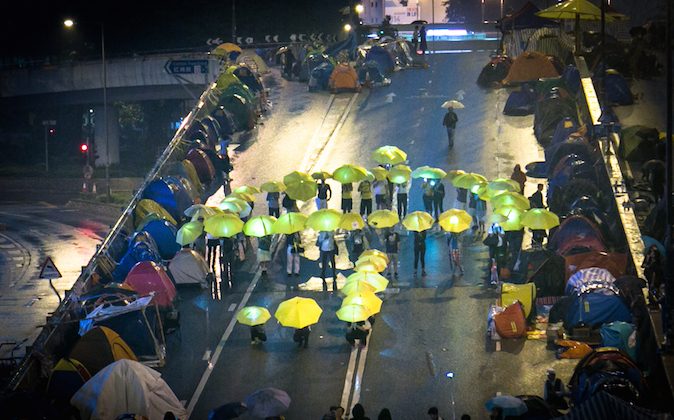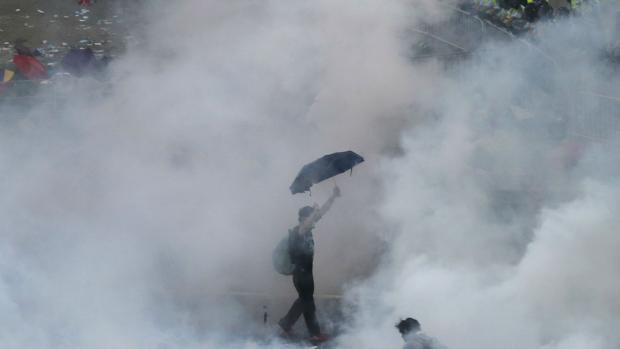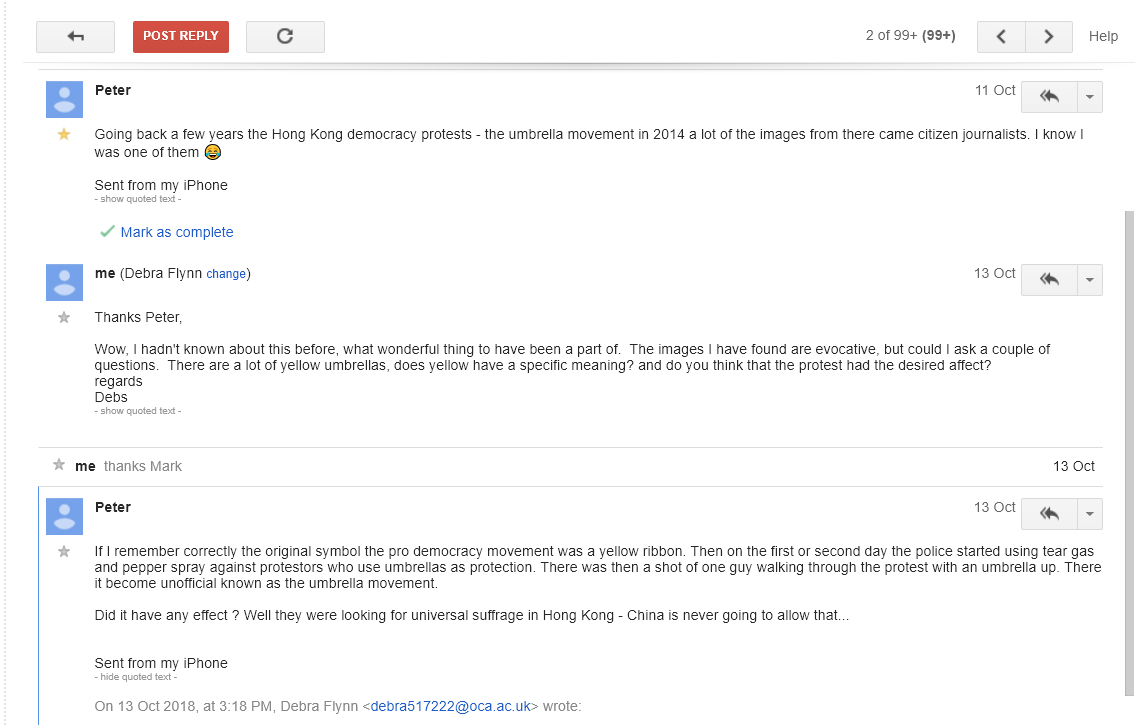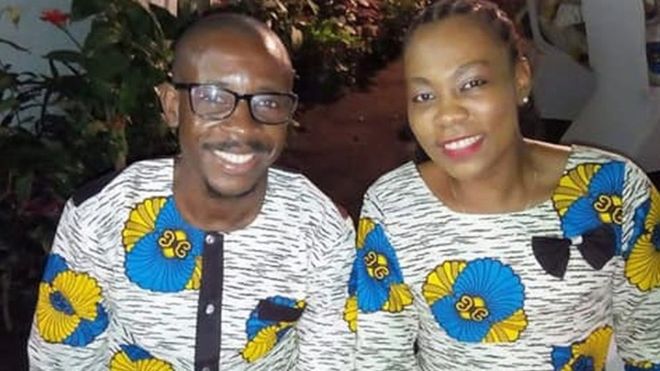Research point
Look online at Paul Seawright’s work, Sectarian Murders:
- How does this work challenge the boundaries between documentary and art? Listen to Paul Seawright talk about his work at: http://vimeo.com/76940827 [accessed24/02/14]
- What is the core of his argument? Do you agree with him?
- If we define a piece of documentary photography as art, does this change its meaning?
Video accessed 27.10.2018
Seawright describes himself as a photographic artist and is talking about his images as art rather than journalistic. He describes a balance between it being too explicit and leaving some room for the viewer to access the meaning.
He is wanting his viewer to take time to look at the images and learn more from them and their context in taking that time. He compares this to journalisic images which he says need to give up their explicit meaning quickly, so that the viewer can keep turning the page.
In both Seawright’s sets of Sectarian Murders (Above) and Hidden (below), he hints at previous aggression and conflict, by showing what is left in the places where it happened. That coupled with the factual text under the images allows the view to look around his images as he describes in the video.
All of images in Sectarian Murders are complex and you see different things each time you look. However, they are much more than just a documentary images, there is an artistic quality to the composition. It appears that he has tried to give a feel of area and from a person’s point of view.
I think I do agree that presenting documentary photography as art it does change the meaning. Seawright’s images definitely take on the ‘aftermath’ aproach showing us the place where something HAS happened. The viewer has to react to the context and or narrative that goes alongside the image. It makes you look for the meaning in the photo
Had these images just been shown in the media, they would have been looked over quickly. I kind or relate it to the annual poppy festival, it’s a way reconnecting people with things that have happened so that they don’t happen again.
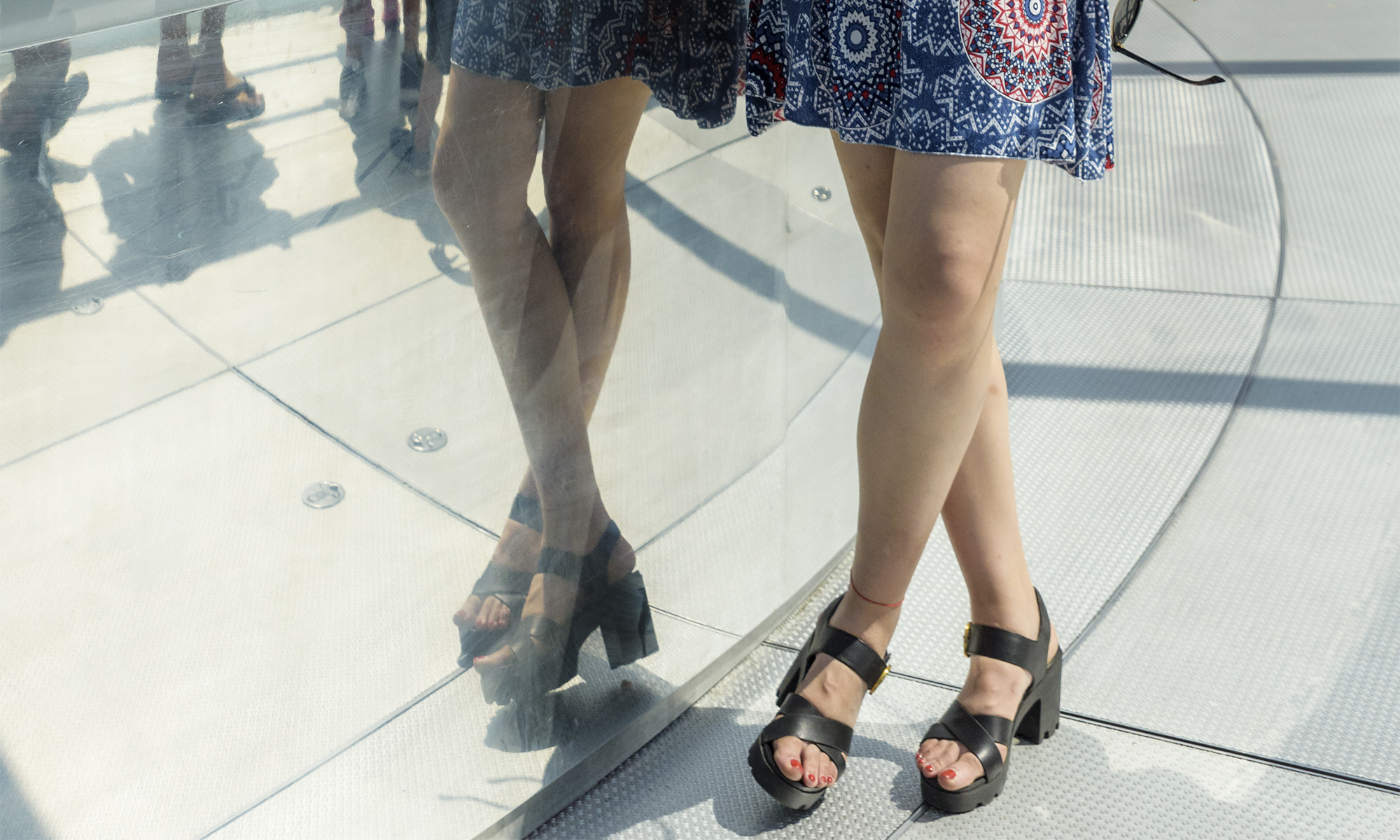
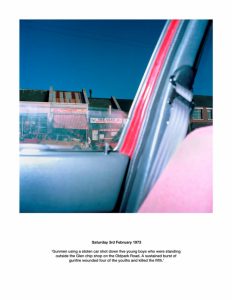
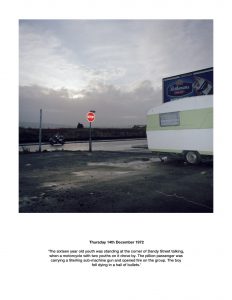









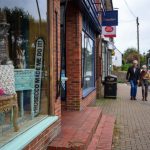




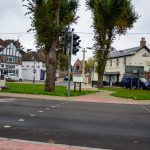



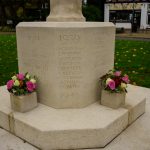


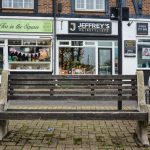








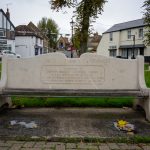



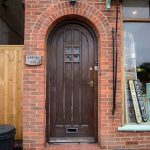









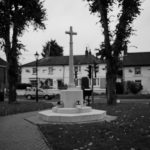



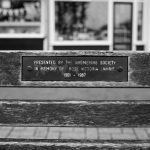


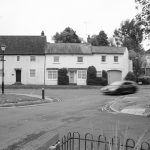



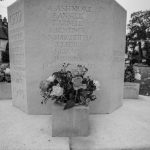





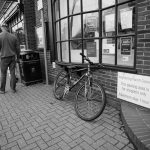




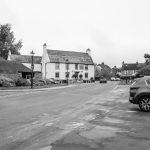




 One of Dorothea’s most famous images is ‘Migrant Mother’ taken in 1936 of a mother affected by the great depression. Lange was working for the Farm Security Administration (FSA), who commissioned the images, giving the photographers a list of images they wanted them to get. The FSA section head who commissioned the images described it as ‘the’ image of the FSA and that he often wondered what she was thinking.
One of Dorothea’s most famous images is ‘Migrant Mother’ taken in 1936 of a mother affected by the great depression. Lange was working for the Farm Security Administration (FSA), who commissioned the images, giving the photographers a list of images they wanted them to get. The FSA section head who commissioned the images described it as ‘the’ image of the FSA and that he often wondered what she was thinking.



